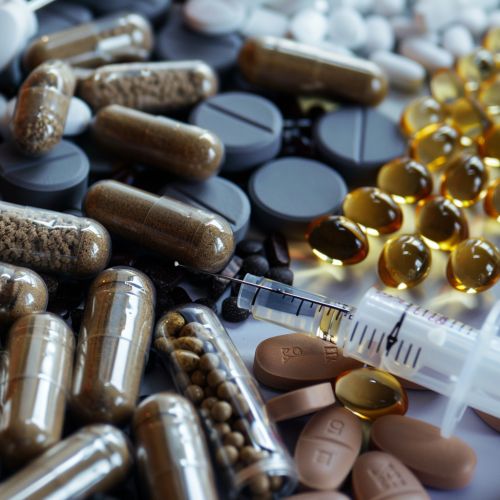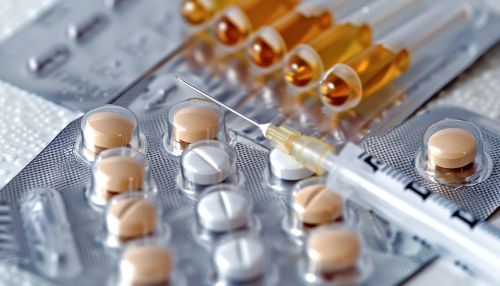Anabolic steroid
Introduction
Anabolic steroids, also known more properly as anabolic–androgenic steroids (AAS), are steroidal androgens that include natural androgens like testosterone as well as synthetic androgens that are structurally related and have similar effects to testosterone. They are anabolic and increase protein within cells, especially in skeletal muscles, and also have varying degrees of androgenic and virilizing effects, including induction of the development and maintenance of masculine secondary sexual characteristics such as the growth of facial and body hair.


Chemical Structure and Function
The core chemical structure of anabolic steroids is a steran nucleus, a polycyclic steroid structure. This structure is composed of seventeen carbon atoms, bonded in four "fused" rings: three six-member cyclohexane rings (rings A, B and C in the first illustration) and one five-member cyclopentane ring (the D ring). The structures of testosterone and 19-nortestosterone are shown. The carbon atoms are numbered, the methyl groups at C10 and C13 are shown, and the difference between testosterone and 19-nortestosterone at C19 is indicated.
Medical Uses
Anabolic steroids are used in medicine for several purposes including the stimulation of bone growth, appetite, puberty, and muscle growth. The most recognized use of anabolic steroids is for chronic wasting conditions such as cancer and AIDS. Anabolic steroids are also used to treat delayed puberty in boys, hypogonadism (a condition where the body doesn’t produce enough testosterone), and certain kinds of anemia.
Non-medical Uses
Outside of the medical space, anabolic steroids are often used by athletes and bodybuilders to enhance performance and improve physical appearance. Despite the known health risks and the fact that they are banned by numerous athletic associations, the non-medical use of anabolic steroids is widespread. This is particularly true in bodybuilding, weightlifting, shot put and other sports involving weight training.
Mechanism of Action
Anabolic steroids work by binding with the cytoplasmic (free within the cell) androgen receptor. Like all steroids, anabolic steroids are essentially intracellular hormones that are lipophilic; that is, they are fat soluble and are able to pass through cell membranes, which are composed of a phospholipid bilayer. Once inside the cell, the steroid hormone binds with a specific receptor found only in the cytoplasm of the specific cell type the hormone is designed to effect.
Side Effects
The use of anabolic steroids can lead to a number of harmful side effects including, but not limited to, cardiovascular disease, liver damage, reproductive and hormonal disorders, psychiatric disorders, and risk of death. Furthermore, the use of steroids in young people can cause premature closure of the growth plates in long bones resulting in a permanently stunted growth.
Legal Status
In many countries, including the United States, anabolic steroids are a Schedule III drug, and are thus illegal without a prescription. However, in some countries, including Mexico and Thailand, anabolic steroids are freely available over the counter. In professional sports, the use of anabolic steroids is banned and rigorously tested for. Athletes found to be taking them can be disqualified from competing and stripped of any titles they have won while using steroids.
